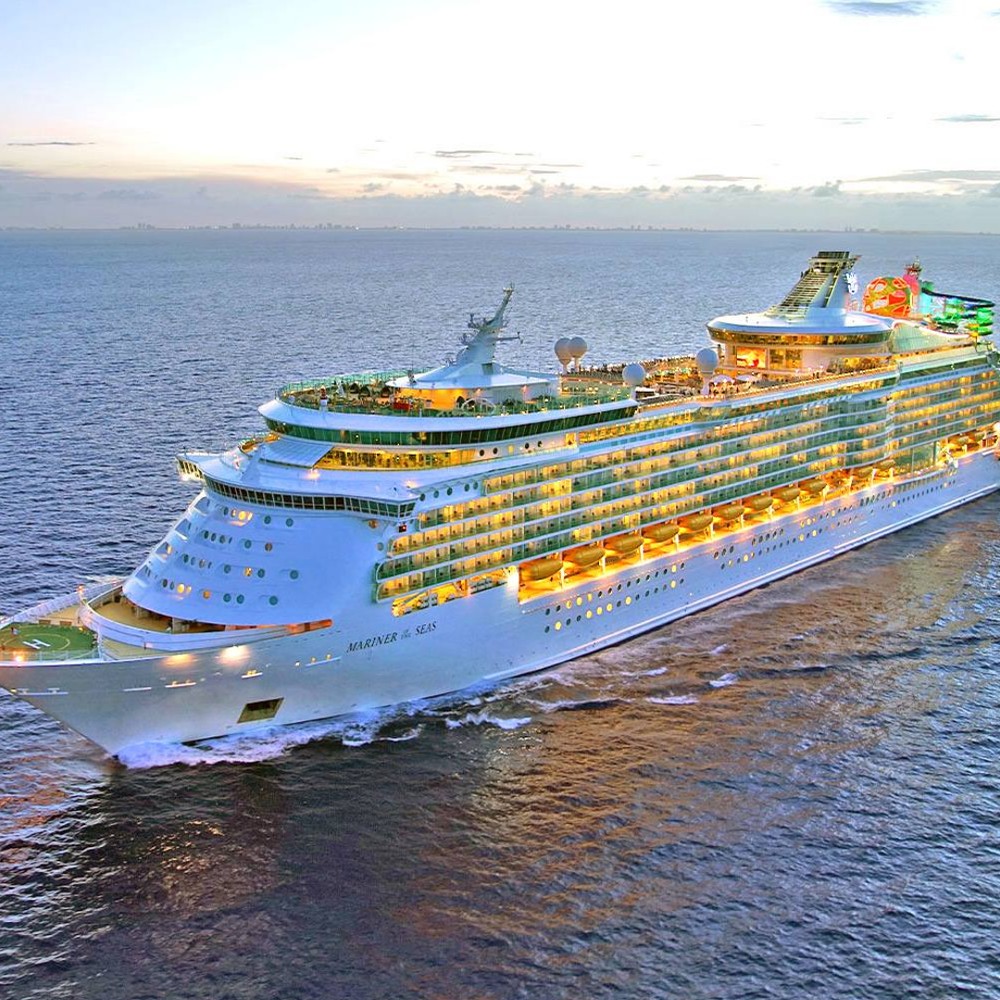Published:
The popularity of cruises has increased astronomically since the significant dip it took due to COVID-19 in 2020. The global cruise market is estimated to reach 37 billion U.S. dollars by 2028. Currently, the United States is the leading country by far in terms of revenue created by cruises. In 2025, it is estimated that the United States will generate a little under 16 billion dollars of revenue from the cruise industry.
While the second most lucrative country in the cruise market, China, is projected to generate three billion dollars in 2025. The United States dominates the cruise market primarily because Americans make up the highest percentage of the cruise ship passengers demographic. In 2022, 12,592,000 passengers out of all cruise ship passengers that year were from North America. The region with the second largest number of passengers was Western Europe, with 5,433,000.
The cruise company with the largest market share is Carnival, which comprises 45% of the market—followed by Royal Caribbean Cruises LTD and Norwegian Cruise Line. Carnival raised over 20 billion in revenue in 2023. However, while the United States generates the most profits from direct cruise revenue, the cruise industry is a highly lucrative market for more countries than just the United States because it vastly boosts tourism revenue for the countries visited throughout the cruise duration. The Caribbean/Bahamas/Bermuda, Central & Western Mediterranean, and Northern Europe were the most popular regions to travel to via cruise in 2022. The cruise industry has boosted the Caribbean economy by billions of dollars.
Recently, concern has been expressed about the pollution that results from the massive amounts of cruise travel. However, many newer cruise ships are making more environmentally friendly improvements. For example, many cruise ships are switching from diesel gas to liquified natural gas (LNG); of the cruise ships launched between 2022 and 2023, over 50% utilized LNG. Additionally, the majority of the diesel gas powered ships that are still running have exhaust gas cleaning systems. Both of these improvements have contributed greatly to reducing greenhouse gas emissions.
The cruise industry has also received significant attention on social media with the launch of the Royal Caribbean's Serenade of the Seas nine-month cruise that involves traveling to all seven continents. The idea of a 274-day cruise enraptures many people, as it is reported to be the longest cruise in history. The social media marketing being utilized for this cruise is very advantageous for The Royal Caribbean company. The #UltimateWorldCruise has gone viral, obtaining almost 55 million views on TikTok. Along with this, many of the passengers going on this cruise are influencers, so there will be constant posts and updates on social media throughout the nine months.
However, being a passenger on this cruise is costly; visiting all 150 destinations on the trip roster costs a minimum of $54,000 per person and can get up to $117,000. For those who can’t afford that price or the time to travel for nine months, tickets for smaller cruise segments are also available for purchase. Building off this, prices in general for cruises have been on the rise, post pandemic. In response to the surge in travel demand, ticket prices for cruises have increased by 47% compared to pre-pandemic numbers.
Despite the rise in the overall cost of travel on a cruise, demand is still extremely high, and the cruise industry and tourism market that it concurrently supports will continue to be extremely prosperous in the coming years.
File under






